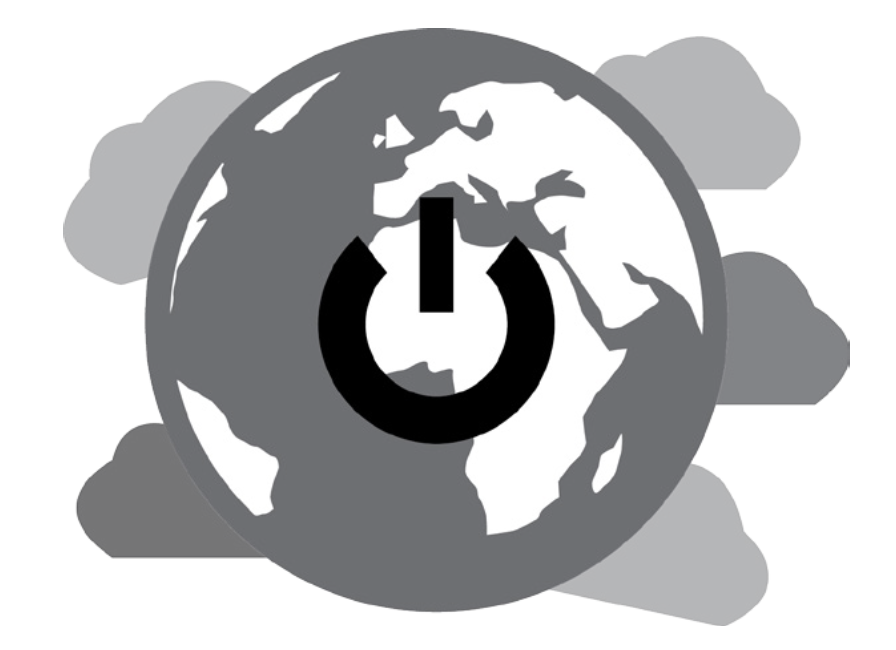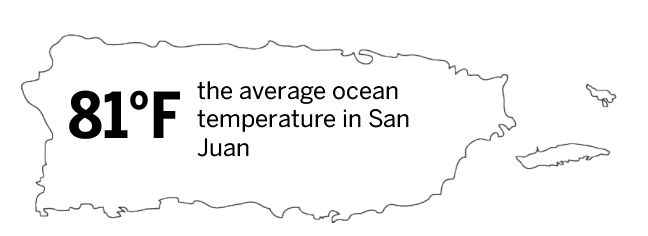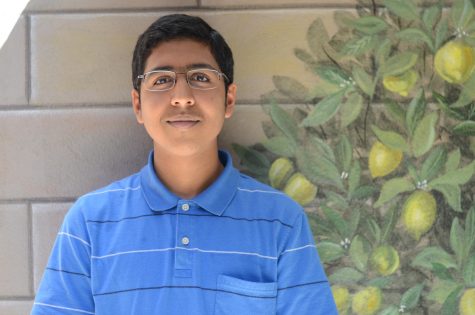Global Reset
Natural disasters strike the U.S. in Florida, Puerto Rico, Texas and California
October 12, 2017
Several natural disasters, including four major hurricanes and various wildfires, have impacted the United States in the past two months.
Atlantic hurricanes often occur in a window from June to November, peaking around late August. Despite that, the coincidence of these hurricanes can be considered unusual according to Sean Sublette, a meteorologist at Climate Central. 2017 has been one of the worst years on record, with two Category 5 storms.
“It’s important to note that we are going to have busy hurricane years and we’re gonna have some years that aren’t as busy,” Sublette said. “That’s kind of a natural cycle by itself. If you think back to 2005, that was a very active year. We’ve been very fortunate in the last decade that we haven’t had a lot of intense category 4s and 5s come so close to Category 4s and 5s come so close to land masses here in the Atlantic.”
Hurricanes typically form around warm ocean waters, which are found close to the equator. Colder waters, found further from the equator such as in Northern California, are less likely to produce hurricanes. Ocean temperatures have risen 1-3 degrees fahrenheit over the past 100 years, according to Sublette, and the warming of the oceans is likely to increase the temperature difference between warm and cold waters.
“The climate change doesn’t cause the storms, but what it does do is make them worse. Quantifying that is a little more difficult, because you need to do some pretty heavy-duty research, but the very short version is that it makes a very bad situation worse,” he said.
The most recent hurricanes to hit the southeast United States include Hurricanes Harvey, Maria, Irma and Jose.
Aside from the hurricanes, wildfires have also intensified in southern California.
“There’s very good correlation between rising temperatures and the occurrences of wildfires in the western United States,” Sublette said. “Part of the reason for that, indirectly, is drought. California had been through a four year drought, but had very good snow and rainfall this past winter, which is traditionally their wet season. So what that does for the western part of the country is that it allows vegetation to flourish early in the spring. And then these things dry out in the summer. So climate change, by itself, does not cause droughts. It makes them worse.”
With all the natural disasters occurring, the discussion around efforts to alleviate the impacts of climate change have ramped up. According to Stanford professor Robert Kolstad, there might be increased political action being taken towards such efforts.
“It’s not necessarily a question of denying what should be obvious to most people, it’s a more of a political posturing,” Kolstad said. “I think that you are going to see a lot more action and taking seriously the threat of climate change at the local and state level. Governors taking it more seriously, local authorities that are in charge of preparedness for extreme weather taking it more seriously, and possibly even people taking it more seriously so it may stop being such a contested issue. ”
Kolstad believes that areas such as “the Gulf coast, from Florida on to Corpus Christi, as well as up the East coast of Florida, probably up to the Georgia border”, are more likely to be affected by hurricanes.
To prevent damage, Kolstad also wants the federal government to improve their current policies to encourage people to build in vulnerable areas by selling them cheap insurance policies.
“If they fix that, then there wouldn’t be so many structures in the way of the hurricane. If the hurricane just blows over empty land, it’s much more modest consequences.”
This piece was originally published in the pages of the Winged Post on October 12, 2017.




![LALC Vice President of External Affairs Raeanne Li (11) explains the International Phonetic Alphabet to attendees. "We decided to have more fun topics this year instead of just talking about the same things every year so our older members can also [enjoy],” Raeanne said.](https://harkeraquila.com/wp-content/uploads/2025/10/DSC_4627-1200x795.jpg)


















![“[Building nerf blasters] became this outlet of creativity for me that hasn't been matched by anything else. The process [of] making a build complete to your desire is such a painstakingly difficult process, but I've had to learn from [the skills needed from] soldering to proper painting. There's so many different options for everything, if you think about it, it exists. The best part is [that] if it doesn't exist, you can build it yourself," Ishaan Parate said.](https://harkeraquila.com/wp-content/uploads/2022/08/DSC_8149-900x604.jpg)




![“When I came into high school, I was ready to be a follower. But DECA was a game changer for me. It helped me overcome my fear of public speaking, and it's played such a major role in who I've become today. To be able to successfully lead a chapter of 150 students, an officer team and be one of the upperclassmen I once really admired is something I'm [really] proud of,” Anvitha Tummala ('21) said.](https://harkeraquila.com/wp-content/uploads/2021/07/Screen-Shot-2021-07-25-at-9.50.05-AM-900x594.png)







![“I think getting up in the morning and having a sense of purpose [is exciting]. I think without a certain amount of drive, life is kind of obsolete and mundane, and I think having that every single day is what makes each day unique and kind of makes life exciting,” Neymika Jain (12) said.](https://harkeraquila.com/wp-content/uploads/2017/06/Screen-Shot-2017-06-03-at-4.54.16-PM.png)








![“My slogan is ‘slow feet, don’t eat, and I’m hungry.’ You need to run fast to get where you are–you aren't going to get those championships if you aren't fast,” Angel Cervantes (12) said. “I want to do well in school on my tests and in track and win championships for my team. I live by that, [and] I can do that anywhere: in the classroom or on the field.”](https://harkeraquila.com/wp-content/uploads/2018/06/DSC5146-900x601.jpg)
![“[Volleyball has] taught me how to fall correctly, and another thing it taught is that you don’t have to be the best at something to be good at it. If you just hit the ball in a smart way, then it still scores points and you’re good at it. You could be a background player and still make a much bigger impact on the team than you would think,” Anya Gert (’20) said.](https://harkeraquila.com/wp-content/uploads/2020/06/AnnaGert_JinTuan_HoHPhotoEdited-600x900.jpeg)

![“I'm not nearly there yet, but [my confidence has] definitely been getting better since I was pretty shy and timid coming into Harker my freshman year. I know that there's a lot of people that are really confident in what they do, and I really admire them. Everyone's so driven and that has really pushed me to kind of try to find my own place in high school and be more confident,” Alyssa Huang (’20) said.](https://harkeraquila.com/wp-content/uploads/2020/06/AlyssaHuang_EmilyChen_HoHPhoto-900x749.jpeg)













